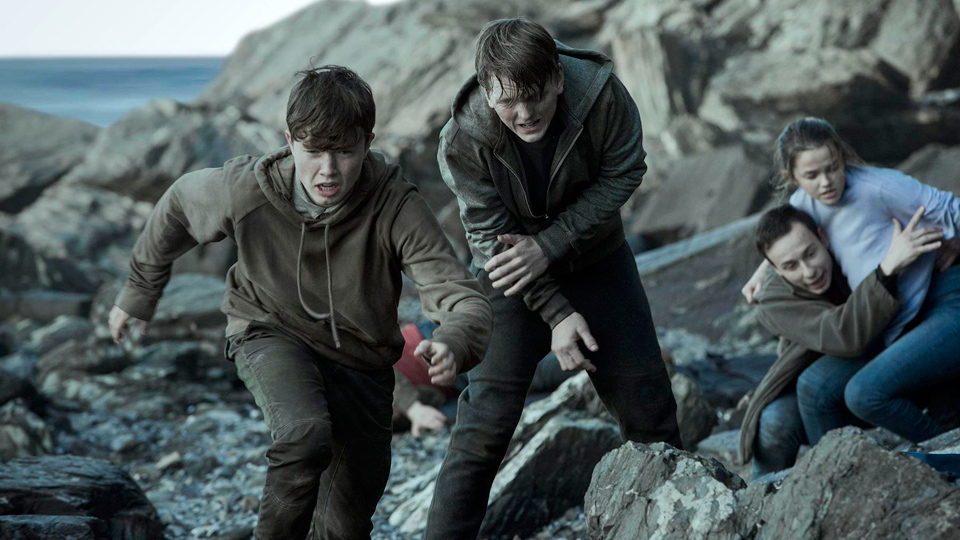
The 2011 Norway attacks that left 77 people dead, a majority of them under the age of 18, exemplified what occurs when those who follow right-wing extremism and hate are emboldened to take action to carry out their beliefs. It was a day that shook a country, a day filled with violence, death, confusion, and grief.
The film 22 July could have told the story of that day with the climax of the movie being the date itself. Yet, it chose to take a different route, by telling the story of what came next. The single tragedy is only the beginning, as the movie morphs into a wider array of multiple stories serving as puzzle pieces to form what life looks like in the aftermath of terrorism. It’s a bleak film, but one that focuses on the people involved, and their journey after the atrocity, rather than exploiting the violence of that day.
The film, written, directed, and produced by Paul Greengrass (Bloody Sunday), is based on the book One of Us: The Story of a Massacre in Norway — and Its Aftermath by Åsne Seierstad. It stars Anders Danielsen Lie, Jonas Strand Gravli, Jon Øigarden, Maria Bock, Thorbjørn Harr, Seda Witt, and Ola G. Furuseth playing key roles based on real people, but also symbolic of the various sides of the tragedy and the human condition in the midst of it.
The film, at almost two and a half hours long, can be seen as having three major acts. The first being the tragedy itself, the second being the immediate aftermath, and the third being the judgment that followed, or rather the potential legacy left behind.
The first act is short and swift. It shows the hours leading up to the car bomb explosion in Oslo and the mass shooting at the Workers’ Youth League (AUF) summer camp, from the perspective of the government officials, the terrorist himself, and the young people who had no idea that their lives were about to be changed forever. Greengrass does a good job of juxtaposing the scenes of the cold, calculating, and isolated extremist Anders Behring Breivik to the optimistic, hopeful, and social atmosphere of the young people at the summer camp. It creates a strong sense of foreboding and tension, although the viewers are well aware of what is about to occur.
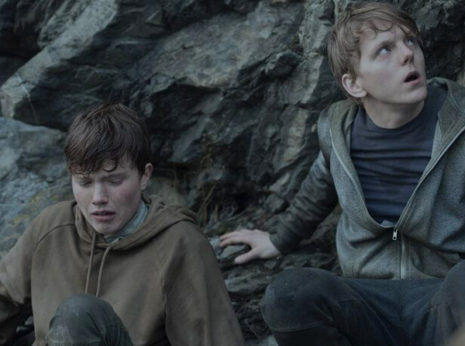
When the attacks actually happen, the display of violence is handled in a tactful way. It isn’t the blood and physical suffering that Greengrass focuses on in these moments, but the fear and confusion of the victims in the midst of the killings. This in-your-face human element forces the viewer not to disassociate from what is happening, as though some emotionless action scene is happening on screen. When Breivik continuously calls out to the young people a variation of, “Marxists, liberals, members of the elite, you will die here today,” the camera often focused in on the young person listening to this, cowering, hoping they wouldn’t be found and shot. Those moments are more powerfully chilling than any amount of blood that could be displayed on screen.
The second act of the immediate aftermath and the lives of those affected is a necessary one, as it follows the Prime Minister, the terrorist, the lawyer pressured to represent him, and the young people who survived. Yet, there were moments where editing could have been better utilized to trim some of the repetition and scenes that were longer than needed. Despite that drawback, there are moments in the second act that give a better view into the psyche of the terrorist Breivik. It would be simple for Greengrass to display Breivik as a madman who attached himself onto an ideology in order to feel important and heard, but the director does a subtle job of using Breivik to put on display that this lone crazy wolf isn’t exactly a lone wolf at all in his beliefs, but simply one that felt emboldened enough to put direct action to them. Anders Danielsen Lie, who plays Breivik, does a chilling job of displaying this nuance with such a vile character.
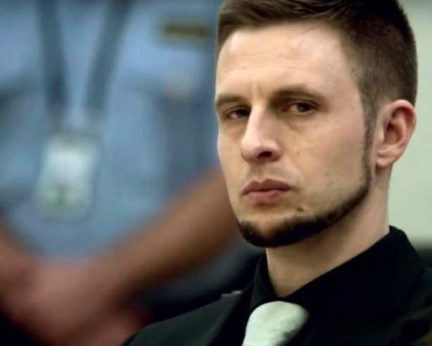
The third act plays out similar to a procedural drama as the courtroom takes center stage. This works fine, but the scenes that happen behind closed doors are more interesting than the televised trial. It is in those scenes that the theme of fighting for the future is more prominent in the storytelling. Breivik, and those who think like him, are shown to be fighting for a future in which their side wins, the one against so-called ‘forced multiculturalism’ and for a return to a so-called pure Europe. While young survivors like Viljar and Lara are representative of a future that is more tolerant and opposed to bigotry. Breivik’s aim at targeting the summer camp was to snuff out the future that people like him feared. The film in this third act makes this battle a prominent one. It seems it’s left up to the viewer to decide who is the winner, or if there are winners at all.
There are scenes that represent the government’s role in preventing extremism, but they don’t feel fleshed out and ring hollow. It is an important topic to address, but there’s not much space given in the film to explore it.
22 July is a retelling that works best when its focus is on the underlying battle between the young survivors and the hate Breivik represents. Entertaining feels like the wrong word to describe this movie. Rather, effective seems more appropriate, because it does a solid job with its storytelling to exemplify the battle of ideas in our current political times, and the dangers that extremism can bring.
22 July is currently streaming on Netflix.



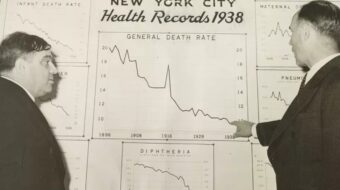
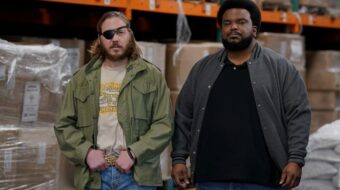
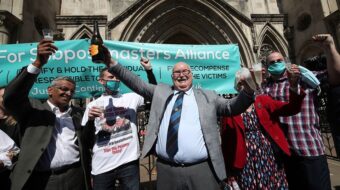






Comments